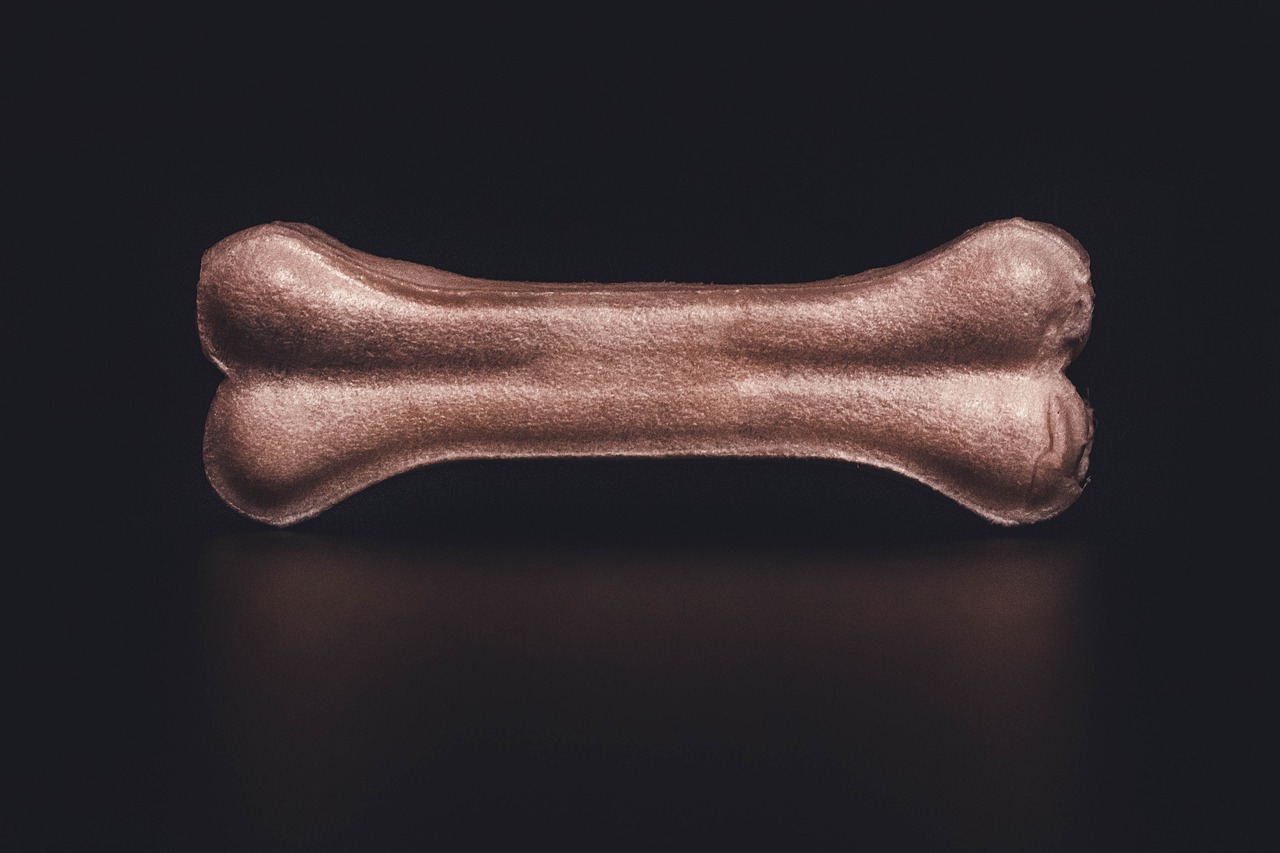The Best Dog Bones: A Guide to Choosing Safe and Healthy Chews for Your Dog
Dogs love to chew—it’s instinctual, comforting, and great for their dental health. But not all dog bones are created equal, and as a responsible pet parent, it’s essential to know which bones are the best for your furry friend. In this blog post, we’ll explore some of the safest, healthiest, and most satisfying dog bones to keep your dog happy and healthy.
1. Raw Bones: A Natural Choice
Raw bones, especially from beef or lamb, are a popular choice among dog owners. They’re great because they’re more durable and less likely to splinter compared to cooked bones. They also provide a great source of calcium and phosphorus.
- Best for: Medium to large dogs with strong chewing habits.
- Pros: Good for dental health, provides nutrients, can last longer.
- Cons: Should be supervised to prevent choking or ingestion of small pieces, and raw bones can spoil if not stored properly.
2. Bully Sticks: A Safe and Tasty Alternative
Bully sticks are made from beef muscle and are a fantastic option for dogs who love to chew. They’re fully digestible and provide a long-lasting chew without the dangers of splintering bones. Bully sticks also offer protein, making them a healthier option.
- Best for: Dogs of all sizes.
- Pros: Fully digestible, high in protein, safer than rawhide.
- Cons: Can be smelly, and larger dogs may go through them quickly.
3. Rawhide Bones: Popular But Caution Advised
Rawhide bones have been a long-time favorite for dogs, but they come with some concerns. While they provide an enjoyable and lengthy chewing experience, they can cause digestive blockages if swallowed in large pieces. It’s crucial to monitor your dog when giving them rawhide bones.
- Best for: Medium chewers, dogs who are not aggressive chewers.
- Pros: Affordable, keeps dogs entertained for hours.
- Cons: Can cause digestive issues if swallowed in chunks, not fully digestible.
4. Nylon or Rubber Chew Bones: Durable and Long-Lasting
For aggressive chewers, nylon or rubber chew bones are an excellent option. They’re incredibly durable and can last for weeks or even months. Many come in different flavors like bacon or peanut butter to keep your dog interested. Plus, they’re a great way to promote dental health by scraping away plaque.
- Best for: Aggressive chewers and teething puppies.
- Pros: Long-lasting, available in various sizes and flavors, helps clean teeth.
- Cons: Some dogs might lose interest if the flavor fades, and nylon can wear down over time.
5. Antlers: A Natural and Long-Lasting Chew
Antlers, particularly from deer or elk, are a natural, long-lasting chew option for dogs. They are rich in minerals like calcium and phosphorus and tend to last longer than most bones. Antlers don’t splinter as easily as cooked bones, making them a safer choice for dogs.
- Best for: Strong chewers.
- Pros: Long-lasting, rich in nutrients, safe if they don’t splinter.
- Cons: Can be hard on teeth, and not all dogs enjoy the texture.
6. Dental Chews: Combining Health and Enjoyment
Dental chews are a fantastic way to promote good oral hygiene while giving your dog something tasty to chew on. These chews are designed to reduce plaque and tartar buildup and are usually made from digestible ingredients.
- Best for: Dogs who need extra help with dental health.
- Pros: Improves oral hygiene, easy to digest, available in many sizes.
- Cons: May not last as long as other chew options, not for aggressive chewers.
What to Avoid When Choosing Dog Bones
- Cooked Bones: Cooked bones, especially chicken bones, can splinter easily and cause serious harm to your dog’s digestive system.
- Bones too small: Giving your dog a bone that’s too small can increase the risk of choking.
- Cheap synthetic bones: Avoid low-quality synthetic bones that can break into sharp pieces.
Choosing the right bone for your dog depends on their size, chewing habits, and individual preferences. Always supervise your dog when they’re enjoying a bone to ensure their safety. By providing them with a healthy, safe bone to chew on, you’re helping them stay entertained, reduce stress, and keep their teeth clean.
Whether your dog prefers raw bones, bully sticks, or nylon chews, you’re sure to find the best dog bones to keep their tail wagging and their teeth strong!

